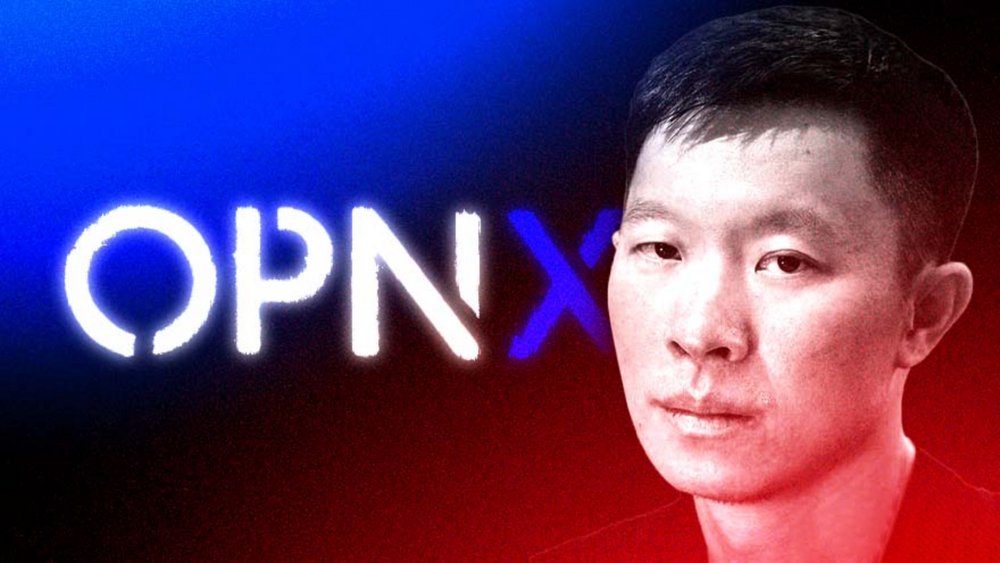Ethereum 2.0 development progress exceeded expectations, test network released soon
According to Trustnodes reported on September 11, the development progress of Ethereum 2.0 seems to be faster than expected, and all major clients can now connect to each other in a local area network (LAN) environment.

Image source: visualhunt
According to adrian manning, co-founder of the Sigma Prime project at Ethereum 2.0 client Lighthouse, the various Ethereum 2.0 node clients written in different programming languages are now "interactive".
- What is bitcoin fork? Can you profit from the fork?
- The difficulty of mining is implied: Bitcoin will reach $31,000 in 2021.
- Compliance, endorsement path: inventory cryptocurrency exchange registration holy place
Manning publicly stated that different node clients, such as Status's Nimbus, PegaSy's Artemis, Trinity, and ChainSafe's Lodestar, can interoperate. When asked when the Ethereum 2.0 test network will go live, Status's Mamy Ratsimbazafy told Trustnodes:
"We didn't expect 3-4 clients to be able to communicate through interoperability locks so early, so we have no plans for a specific test network release date."
Another Ethereine 2.0 developer Jacek Sieka of the Nimbus team said:
"When enough clients are comfortable with all the specifications, we will release a test network."
An Ethereum 2.0 implementation staff conference call will be held on Thursday and the agenda will be announced soon. At this meeting, they may discuss how to run the test network while continuing to discuss the interoperability of each client. Rasing Bazarfi said of the progress made so far in the meeting:
“We are still in the process, and the real best time should be during the teleconference of the Ethereum 2.0 implementation staff.”
Obviously, participants can ask questions in the chat box during the conference call, but it is not clear whether there will be any surprises during the period, such as the actual test network release.
From the current news, it seems that a test network between clients has run more than 100 epochs between two or more clients (each epoch contains 64 blocks).
After the test network was opened to the public, it then created a lab-like Ethereum 2.0 runtime environment, but used test tokens.
This time is uncertain, but at some point this month or before the developer meeting, the test network will run for about 3-4 months before the launch of the main network, when users can transfer the Ethereum to PoS through the storage contract. Beacon Chain.
So now it seems to be almost complete, leaving only the final touches, improvements, code enhancements, bug fixes, auditing at some point, and then release.
The target date for Ethereum 2.0 is January 2020. It may be that shortly after the New Year, many implementation teams seem to have made enough progress to achieve the goal as long as the test network is running well.
Once launched, anyone with 32 eths can pledge them on the chain and earn more eth at 5%-8% per year.
Those with less than 32 eth of currency may work with companies like Coinbase, which will provide users with Staking services.
So what will the Ethereum 2.0 that the end user see will look like? This will be further explained by the developer conference when the storage contract is initiated.
In this way, the user transfers Eth to the storage contract, thus reducing a portion of Eth into circulation.
Later in the year, if developers can get the PoW chain to do its mission well and go offline, more supply will be canceled, and new supply will be reduced by two-thirds.
Shortly after 2021, sharding will also be implemented. After two years of research and development, all of this seems to be achieved.
We will continue to update Blocking; if you have any questions or suggestions, please contact us!
Was this article helpful?
93 out of 132 found this helpful
Related articles
- The world's most "calculating" companies are vying to lay out the blockchain, the transformation of the four major accounting firms such as PricewaterhouseCoopers.
- Technical Teaching | Solidity Programming Language: Address
- Proof of validity and proof of error in Science-2 |
- Economist Ba Shusong: The Application Value of Blockchain Technology in the Financial Field
- The volume is falling, is it a dishwashing or a shipment?
- Bitcoin becomes a sovereign currency? There are three obstacles to overcome
- Blockchain and healthcare: By 2025, the value of the blockchain in the medical market will exceed $1.6 billion






